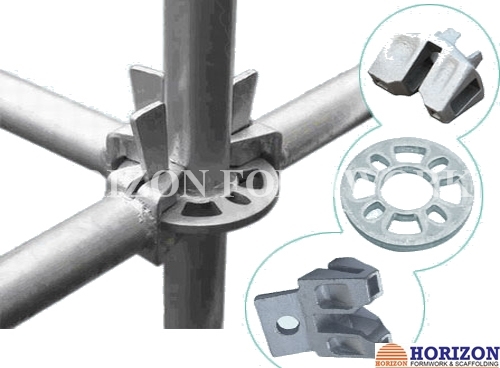Dec . 04, 2024 00:35 Back to list
H20 Timber Beams with End Caps for Structural Support and Stability Solutions
Understanding Timber Beam H20 with End Cap A Comprehensive Overview
Timber beams are essential components in construction, providing structural support for various building projects. Among the types of timber beams, the H20 timber beam stands out due to its unique design and functionality. Often used in residential, commercial, and industrial applications, the H20 beam integrates modern engineering techniques with traditional timber materials, resulting in a robust and efficient solution. In this article, we will explore the features, benefits, and applications of H20 timber beams, focusing particularly on their end caps.
What is an H20 Timber Beam?
The H20 timber beam is a specific type of engineered wood product, typically made from laminated veneer lumber (LVL) or oriented strand board (OSB). The 'H' in H20 derives from its distinct shape, which resembles an 'H' when viewed in cross-section. The beam is usually 200 mm in depth (hence the number '20') and 100 mm in width, providing an optimal balance between strength and weight.
One of the primary advantages of H20 timber beams is their high load-bearing capacity. When compared to traditional solid timber beams, H20 beams are significantly more efficient, allowing for longer spans with fewer support beams. This fact makes them particularly advantageous in open floor designs where unobstructed spaces are desired.
End Caps Enhancing Functionality
End caps are an important feature of H20 timber beams. Typically crafted from steel or additional timber, these caps are affixed to the ends of the beam to provide extra support and improve the overall performance of the beam structure. The installation of end caps mitigates potential issues such as splitting and lateral forces that can arise under heavy loads. Furthermore, they enhance the durability of the beam by protecting the wood from moisture and environmental conditions that could lead to decay over time.
End caps also play a significant role in the aesthetic appeal of H20 timber beams. When exposed, the end caps can be designed to blend seamlessly with the surrounding architecture, providing a polished finish to the exposed timber within a building. This characteristic is especially valued in modern construction, where the beauty of natural materials is often highlighted.
Benefits of Using H20 Timber Beams with End Caps
1. Strength and Durability H20 timber beams are engineered to withstand significant loads, making them suitable for various applications, including flooring, roofing, and wall systems. The addition of end caps further bolsters this strength, ensuring longevity and reliability in structural performance.
timber beam h20 with end cap

2. Versatility These beams can be used in different types of construction projects, from residential homes to commercial buildings. Their adaptability to various designs and engineering requirements solidifies their place as a go-to choice among builders and architects.
3. Cost-Effectiveness By reducing the need for additional support beams and allowing for longer spans, H20 beams can lead to substantial savings in construction costs. The efficiency in material use also contributes to cost-effectiveness over time, as their durability limits the need for repairs or replacements.
4. Eco-Friendly Thanks to the use of engineered wood products in H20 timber beams, they present a more environmentally friendly option than traditional lumber. The manufacturing processes typically utilize less wood resource, thus minimizing waste and promoting sustainability.
5. Ease of Installation H20 timber beams are relatively lightweight compared to solid timber beams, making them easier to handle and install. Their uniform size also allows for straightforward integration with standard construction practices and tools.
Applications in Construction
H20 timber beams with end caps are widely utilized in various construction applications. They are commonly used in
- Residential Buildings Providing structural integrity for floors and roofs while allowing for open-plan designs. - Commercial Structures Supporting large open spaces, such as shopping malls and auditoriums.
- Bridges and Industrial Buildings Offering the strength required for heavy loads and the versatility needed for complex designs.
Conclusion
In summary, H20 timber beams equipped with end caps represent an innovative and effective solution in modern construction. Their robustness, versatility, and aesthetic appeal make them a favored choice for a variety of applications. By understanding the features and benefits of these beams, builders and architects can utilize them to achieve both functional and aesthetic goals, ultimately leading to high-quality structures that meet contemporary demands.
-
OEM Column Formwork: Custom, Circular, Curved & Adjustable
NewsAug.09,2025
-
Custom OEM Column Formwork | Versatile & Efficient Solutions
NewsAug.08,2025
-
Steel Prop with Tripod & Fork Head | Stable Support Solutions
NewsAug.07,2025
-
Premium H20 Timber Beams | Durable Structural Solutions
NewsAug.05,2025
-
Premium Wall Formwork Solutions for Modern Construction
NewsAug.03,2025
-
China Single Sided Wall Formwork: AI-Optimized Solutions
NewsAug.02,2025